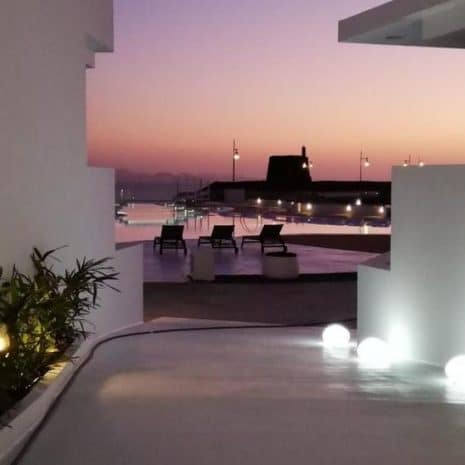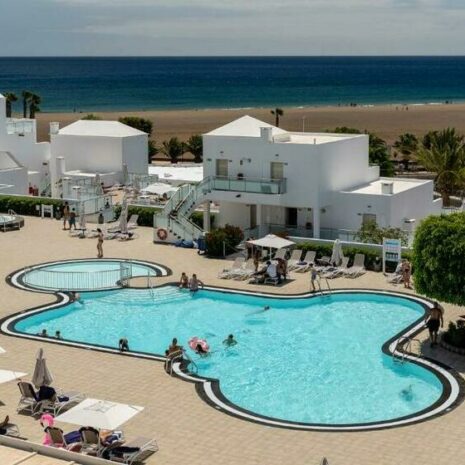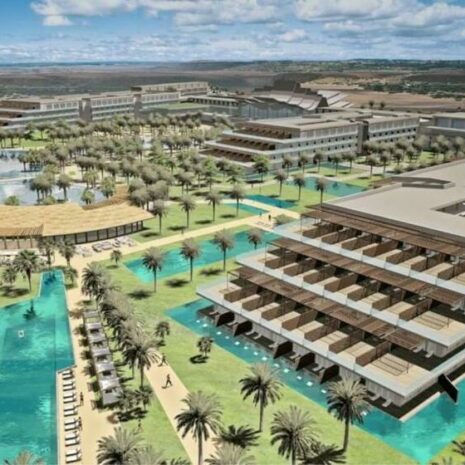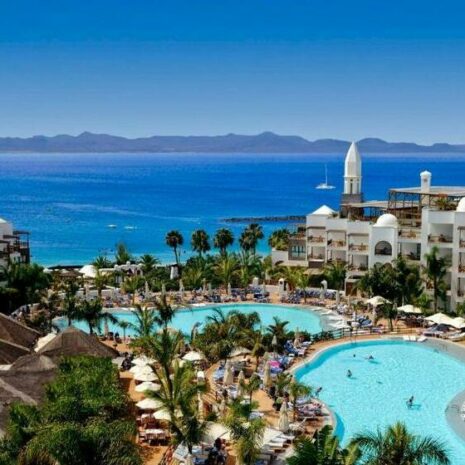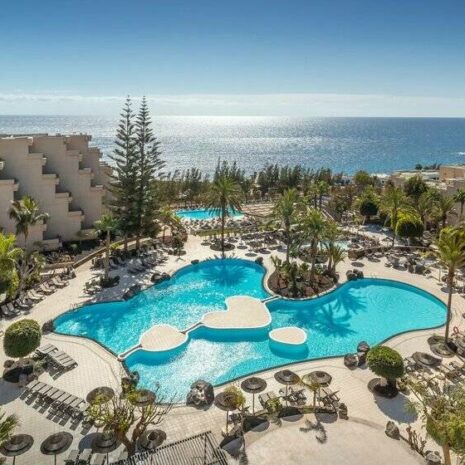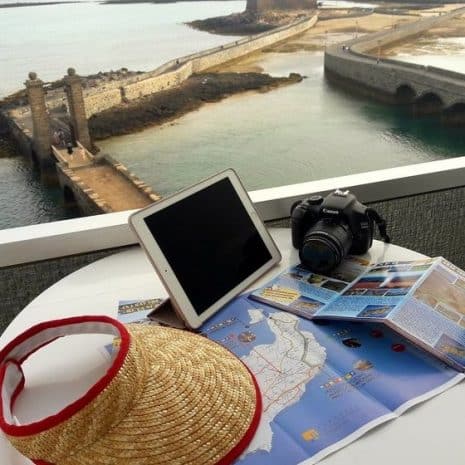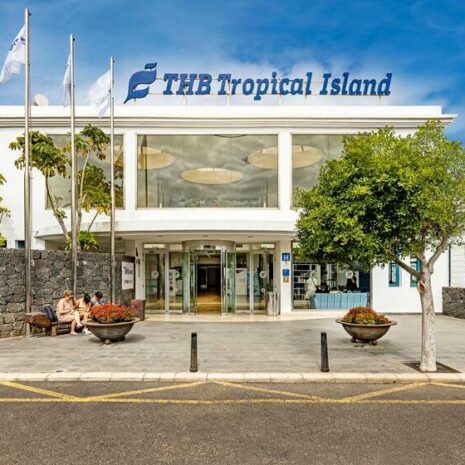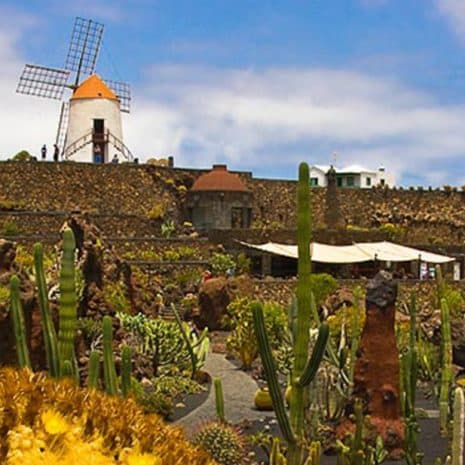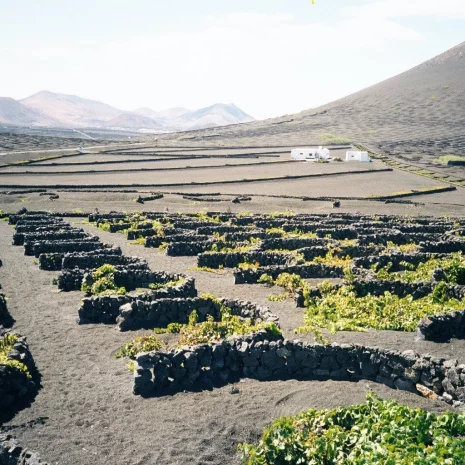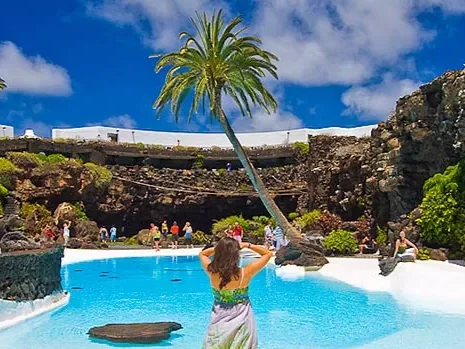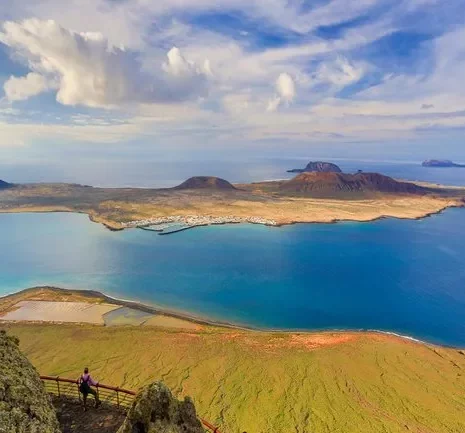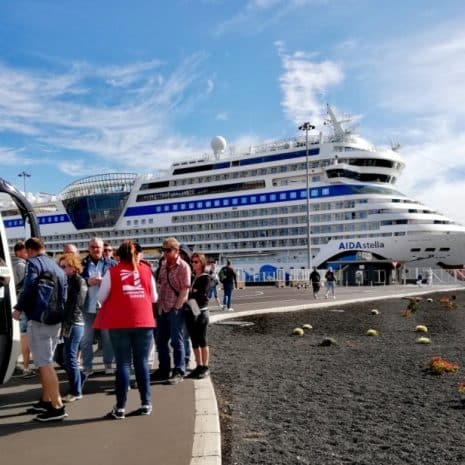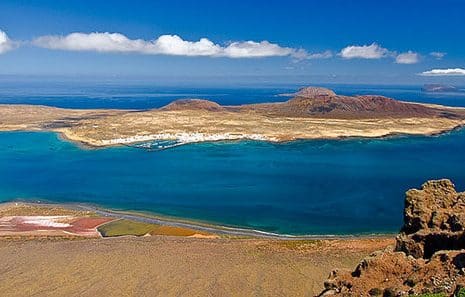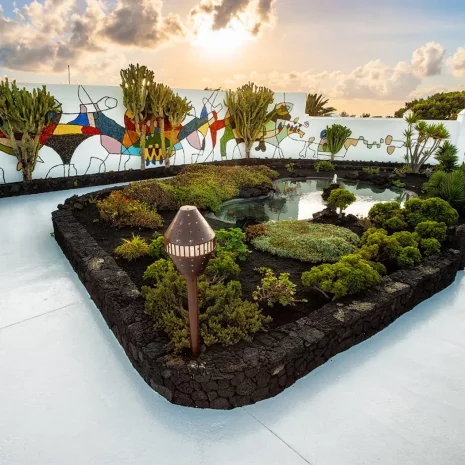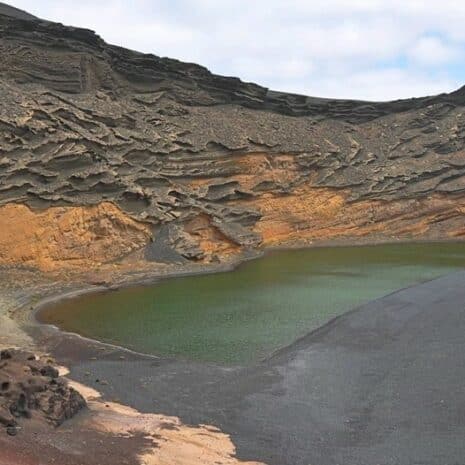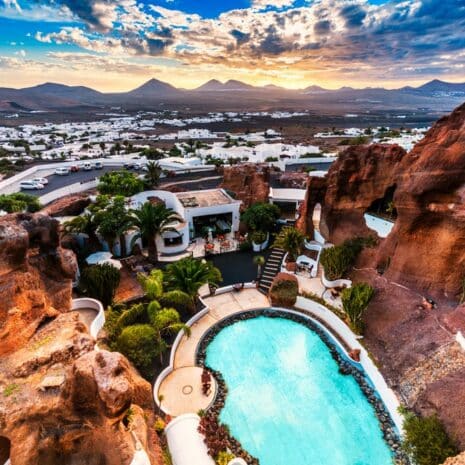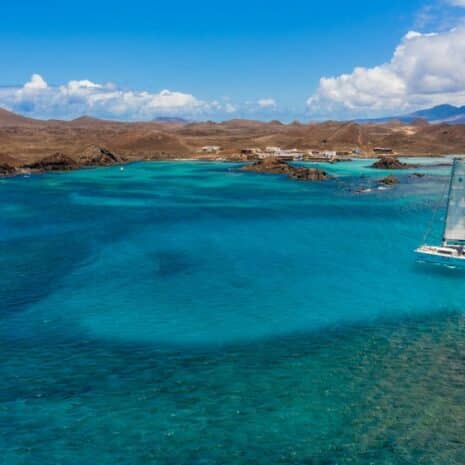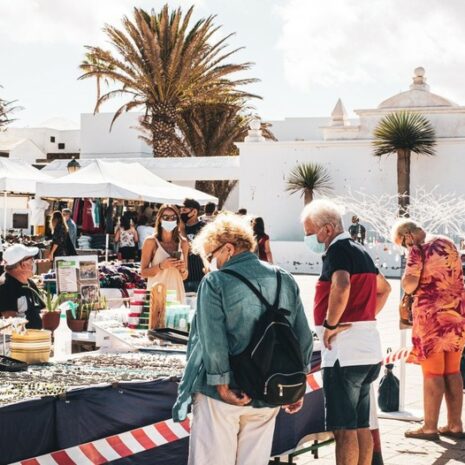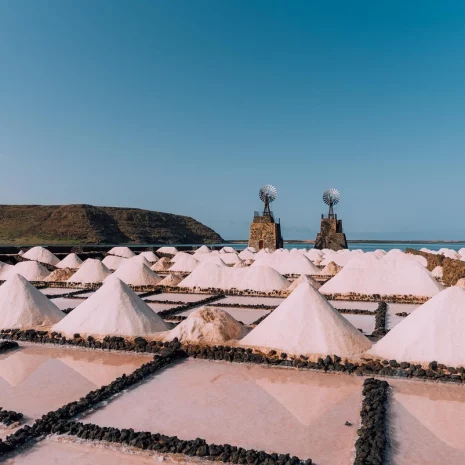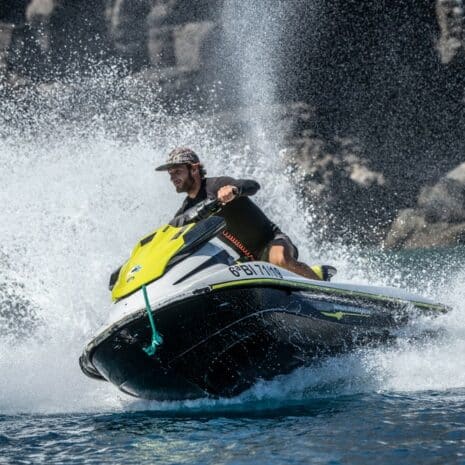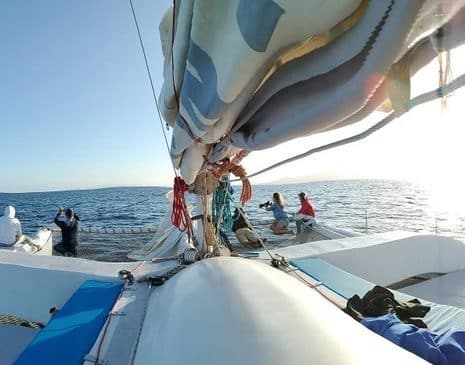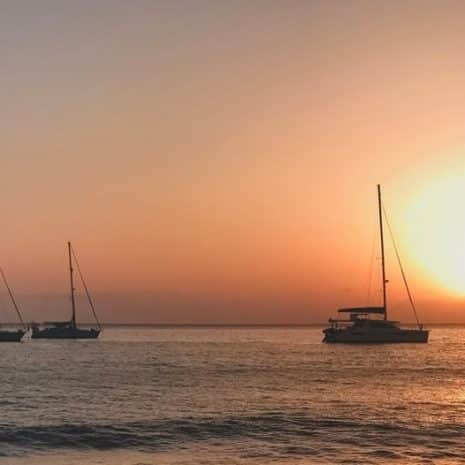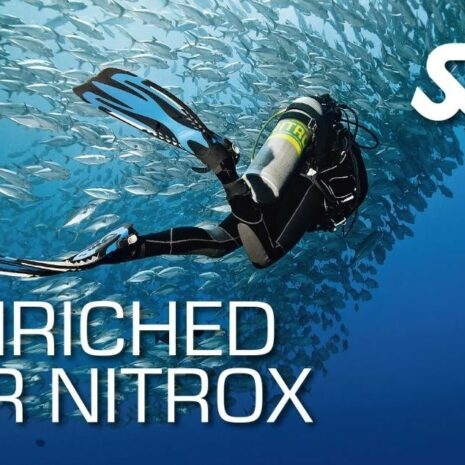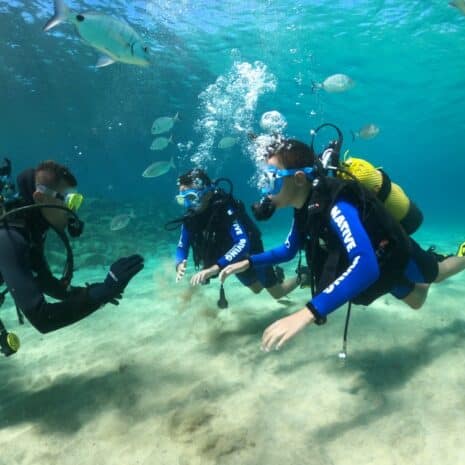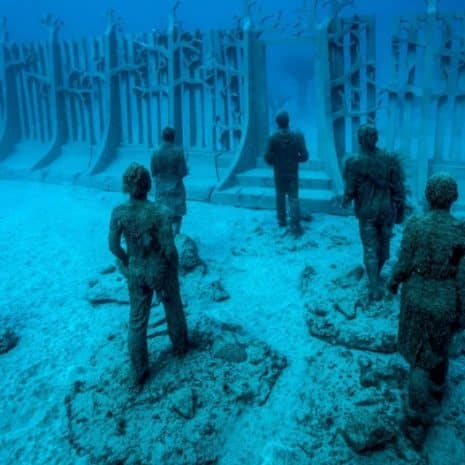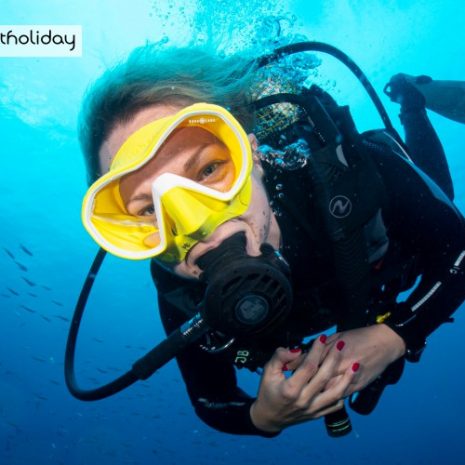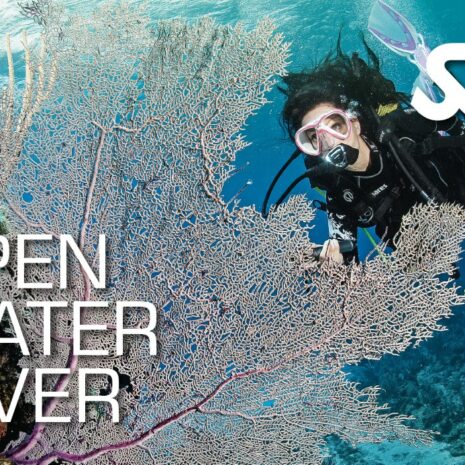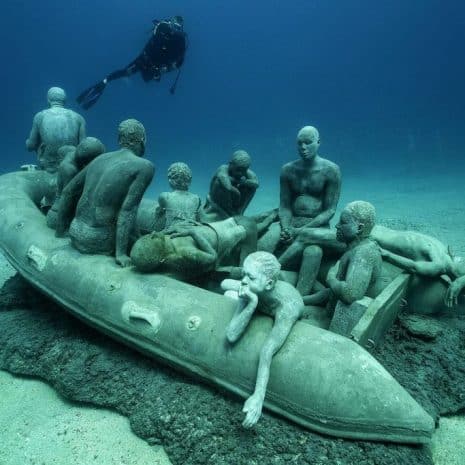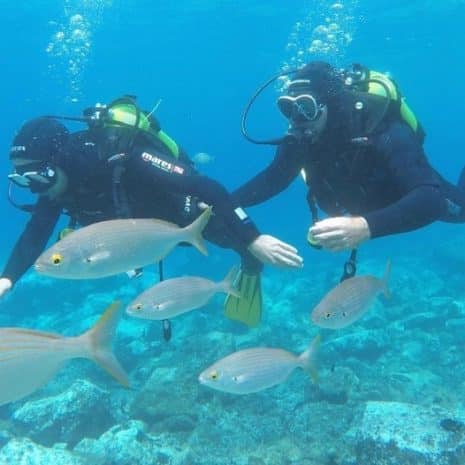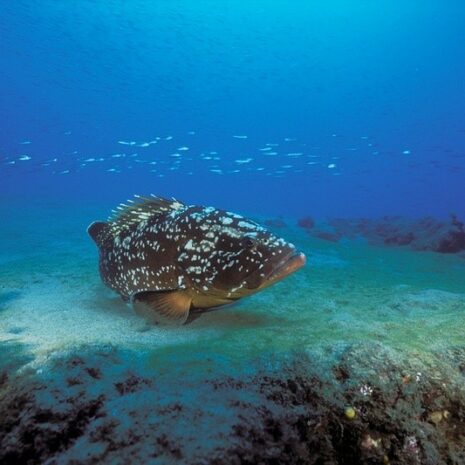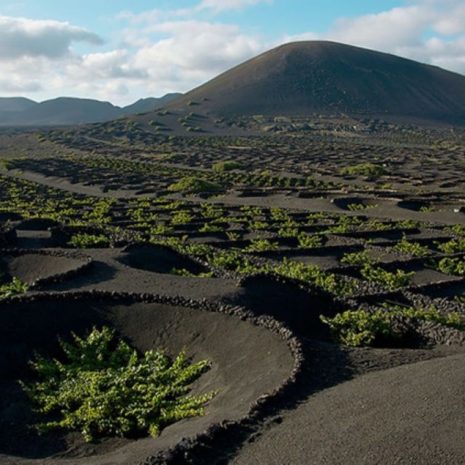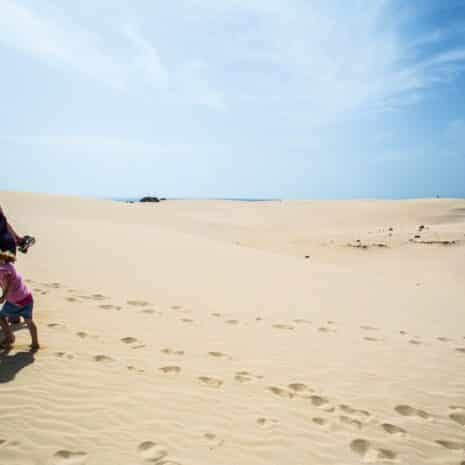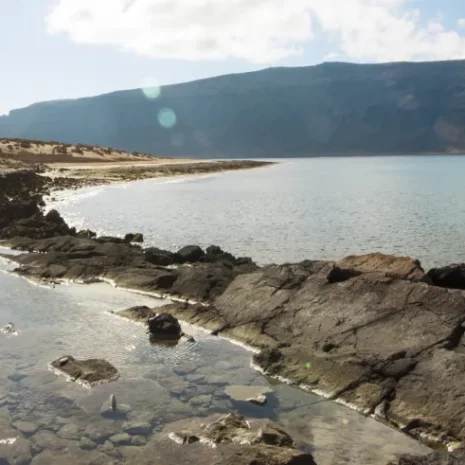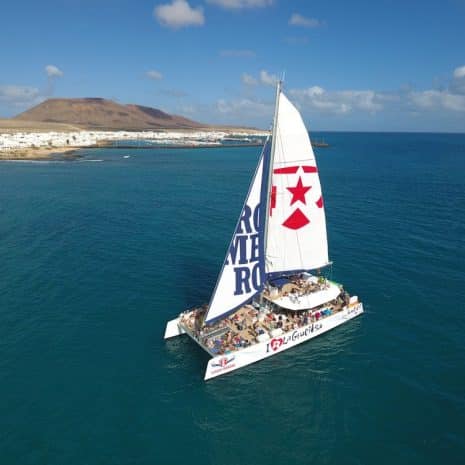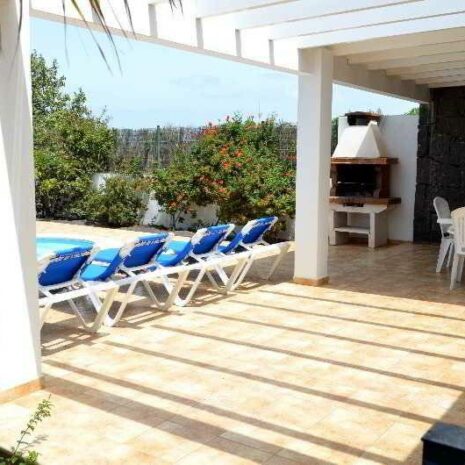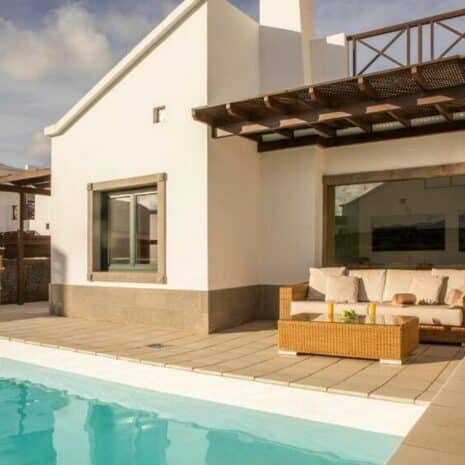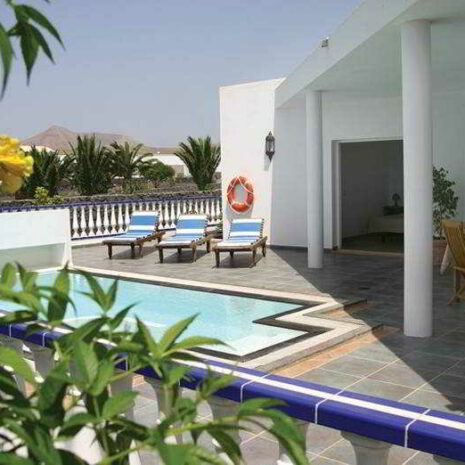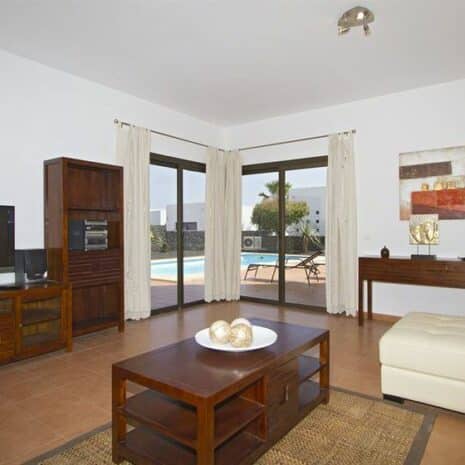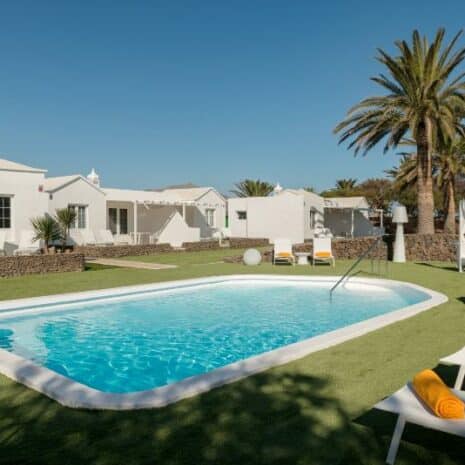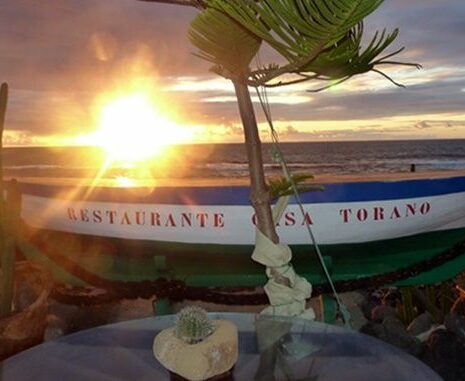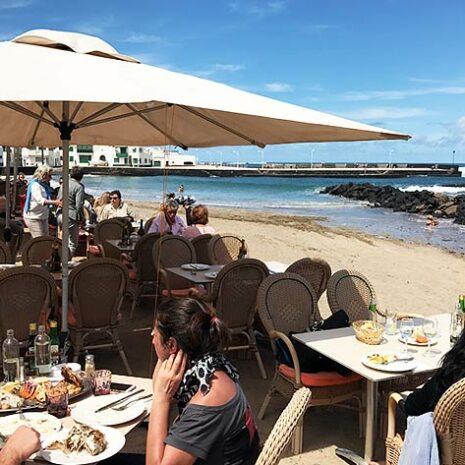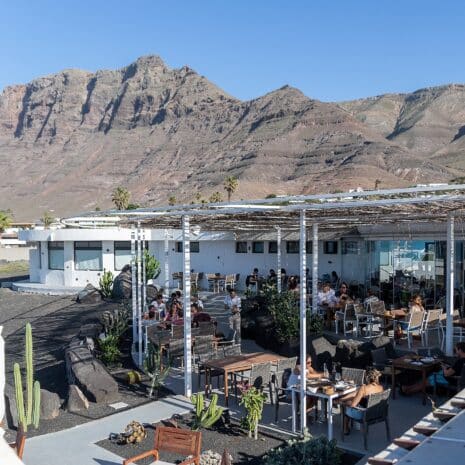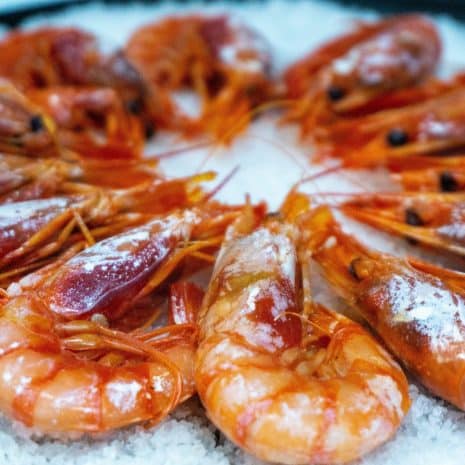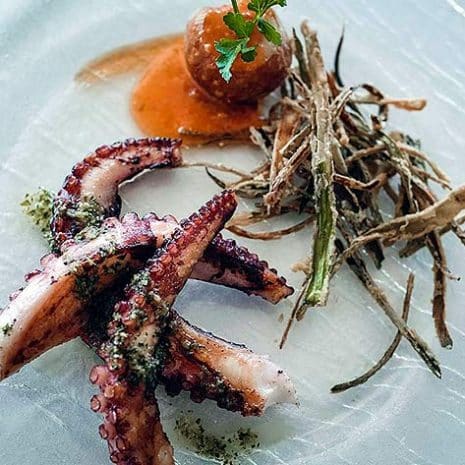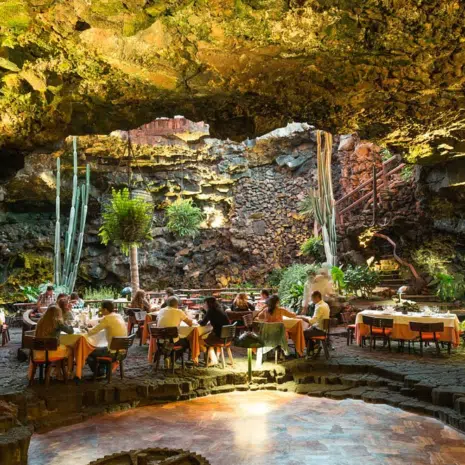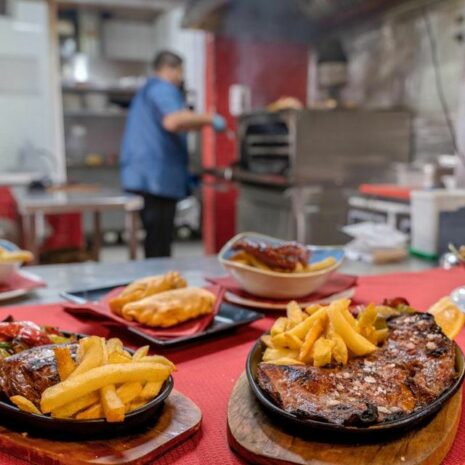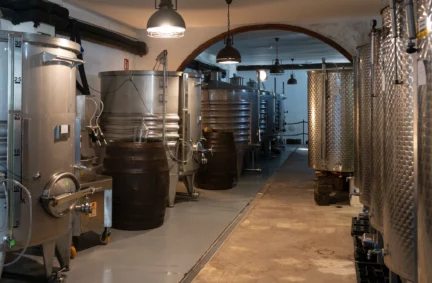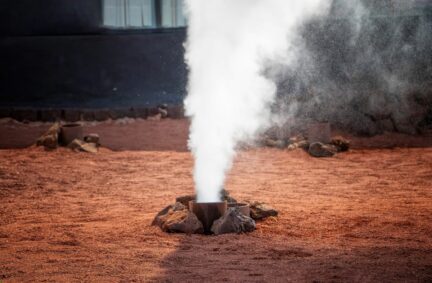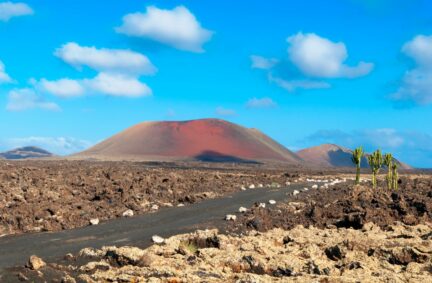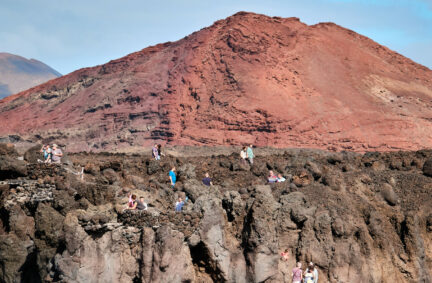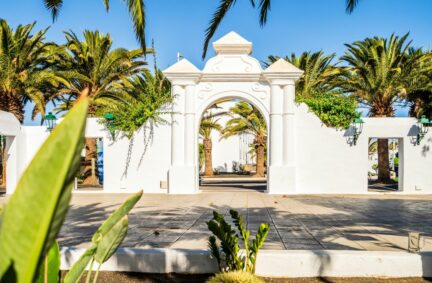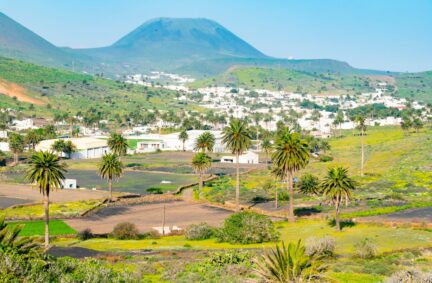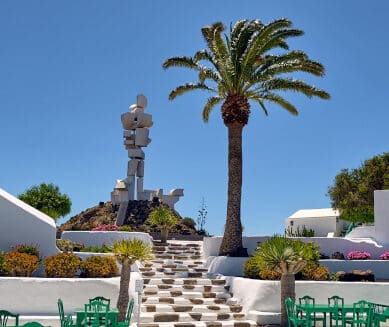Excursions to Timanfaya
Lanzarote Tourism
Welcome to the exciting experience of tourism in Lanzarote, an island that captivates visitors from all over the world with its natural beauty and exciting activities. On Lanzarote, every corner is a testament to Mother Nature and human creativity in perfect harmony.
Our aim is to give you the opportunity to enjoy Lanzarote to the fullest. We provide you with detailed information about all the activities and services available in Lanzarote so that you can plan your perfect Lanzarote holiday and get ready for an unforgettable experience on the island of dreams!
Discover the Natural Beauty of Lanzarote Island
Lanzarote, known as the “island of volcanoes”, is an incomparable tourist destination that attracts travellers from all over the world. When visiting the island of Lanzarote, one is immersed in a unique landscape, where nature and art merge to create an unforgettable experience. Tourism in Lanzarote offers a wide range of activities, from exploring its impressive volcanic landscapes to enjoying its beautiful beaches and delicious local gastronomy.
Enjoy Lanzarote to the fullest: Plan your Lanzarote Holidays
Welcome to Lanzarote.com, the gateway to an unparalleled island paradise in the heart of the Canary Islands. Here, natural beauty merges with a rich cultural heritage to offer every visitor a unique holiday experience. From the volcanic lands of Timanfaya National Park to the serene waters of the Caves of Los Verdes and the exotic beauty of the Cactus Garden, Lanzarote unfolds its splendour in every corner, inviting you on a journey of discovery and adventure.
For lovers of sport and outdoor activities, Lanzarote presents the ideal setting. Surf its world-renowned coasts, cycle through landscapes that seem out of this world, or explore trails that will take you through its fascinating volcanic geography. Holidays in Lanzarote are a promise of action, adventure, and connection with nature.
But Lanzarote is much more than its landscapes. It is an island where tradition and modernity live together harmoniously. The local culture, with its festivals and markets, invites you to immerse yourself in island life and experience first-hand the warmth of its people. The cuisine is another of Lanzarote’s treasures, with flavours reflecting the influence of its natural environment and the creativity of its chefs.
Travelling to Lanzarote is also synonymous with relaxation and wellbeing. The island offers endless options for those seeking a peaceful haven, from idyllic beaches to spas and wellness centres where you can disconnect and recharge your energies. Whether you prefer the serenity of a secluded cove or the vibrant atmosphere of its tourist centres, Lanzarote has the perfect place for you.
At Lanzarote.com, we are committed to making your visit a memorable experience. Discover through our portal everything you need to plan your holidays in Lanzarote: from accommodations that suit every style and budget to excursions and activities that will make your trip an unforgettable adventure. Allow us to guide you through this fascinating destination, where tourism in Lanzarote is an open door to experiences that will mark your life.
Don’t miss the opportunity to visit Lanzarote, a place where every day offers something new and exciting to discover. Come and be amazed by the magic of this island, where beauty, culture, and adventure await you at every corner. Explore Lanzarote with us and prepare for a holiday that will exceed all your expectations!
YOUR NEXT FAVORITE SPOT
Essential
Highlights
UNDER THE SEA
Activate
ENJOY THE PRIVACY
Tasting
PUBLICATIONS INSTAGRAM

This month in Lanzarote
LAST POSTS
ALL
Frequently Asked Questions
Lanzarote is an island in the Canary Islands and is part of the province of Las Palmas.
Located to the east of Africa and under Spanish rule, Lanzarote is the most northern and eastern island of the Canary Islands.
The island of Lanzarote is around 140 kilometres from the northeast African coast and is surrounded by the Atlantic Ocean. The west coast of Morocco is around 100 kilometres away; and it is around 1000 kilometres from the Iberian Peninsula.
Currently, Lanzarote has over 155,000 inhabitants, according to INE statistics.
Lanzarote is a warm climate island which means the temperature is stable throughout the year. Due to its sunshine, warm temperatures, and little rain, Lanzarote is a great destination for those who want to enjoy some time at the beach.
During the summer, the temperatures are usually higher, and can ever reach over 30 degrees during the daytime. However, the summers are usually mild, and it never really goes above this temperature. But the desert winds can make it feel hotter.
During the winter the climate is very pleasant in terms of temperature, but there can be some localised rain. However, this rain is never excessive. The temperature usually ranges from 13 to 20 degree during the coldest months on the island, which are January and February.
The water temperature is also usually quite constant. You can swim in waters that are around 20 degrees at the beaches throughout the year.
It is not advisable to visit areas with restrictions or danger signs in Lanzarote due to volcanic or dangerous sea conditions. It is important to respect the signs and warnings to ensure safety during your visit.
Although mosquitoes are not a common problem in Lanzarote, especially compared to other tropical areas, it is advisable to bring repellent if you plan to do outdoor activities or visit wetter areas of the island.
Yes, Lanzarote has black sand beaches due to its volcanic origin. Some examples of these beaches are; Playa del Paso, Playa de los Clicos, or Playa de Janubio.
On clear days, from some points on the island, you can see the coast of Africa, specifically the coast of Morocco. This panoramic view offers a unique and exciting perspective of Lanzarote’s geography.
The currency used on Lanzarote is the Euro. There is no need to change currency if you come from a Eurozone country, as the Euro is widely accepted throughout the island.
The tap water on Lanzarote is safe to drink and meets quality standards. Visitors can drink tap water with confidence, which facilitates hydration during their stay on the island.
Lanzarote offers options for all budgets. You can find budget accommodation, such as flats and hostels, as well as luxury resorts. Prices for restaurants and activities also vary, allowing you to tailor your trip to suit your budget.
Lanzarote is known for being a safe tourist destination. The island has low crime rates and is a welcoming place for visitors. However, as anywhere in the world, it is important to take normal safety precautions, such as taking care of your personal belongings.
In Lanzarote’s waters, it is rare to encounter sharks that are dangerous to humans. The island’s marine fauna is diverse, and visitors can enjoy diving and snorkelling safely. However, it is always important to follow safety guidelines for water activities.
Lanzarote is known as the “island of volcanoes” and is home to over 300 volcanoes. These volcanoes have left a unique imprint on the island’s landscape, creating impressive rock formations and volcanic landscapes that are a major attraction for visitors.
Flight times to Lanzarote vary depending on the departure location. From major European cities, such as London or Madrid, the flight usually takes around 4 to 5 hours. It is important to check available flight times and routes from your location.
Lanzarote is one of the Canary Islands, a Spanish archipelago in the Atlantic Ocean. The Canary Islands are known for their natural beauty and subtropical climate, making them a popular tourist destination.
The time in Lanzarote follows the GMT+0 or GMT+1 time zone during daylight saving time, depending on the season. This means that Lanzarote is in the same time zone as the rest of the Canary Islands. During daylight saving time, it is one hour ahead (GMT+1), and in winter, it is GMT+0.
Lanzarote, in the north of the Canary Islands, is 62 kilometres long from north to south, and around 20 kilometres wide from east to west. This means Lanzarote is a “small” island and is perfect to discover by car.
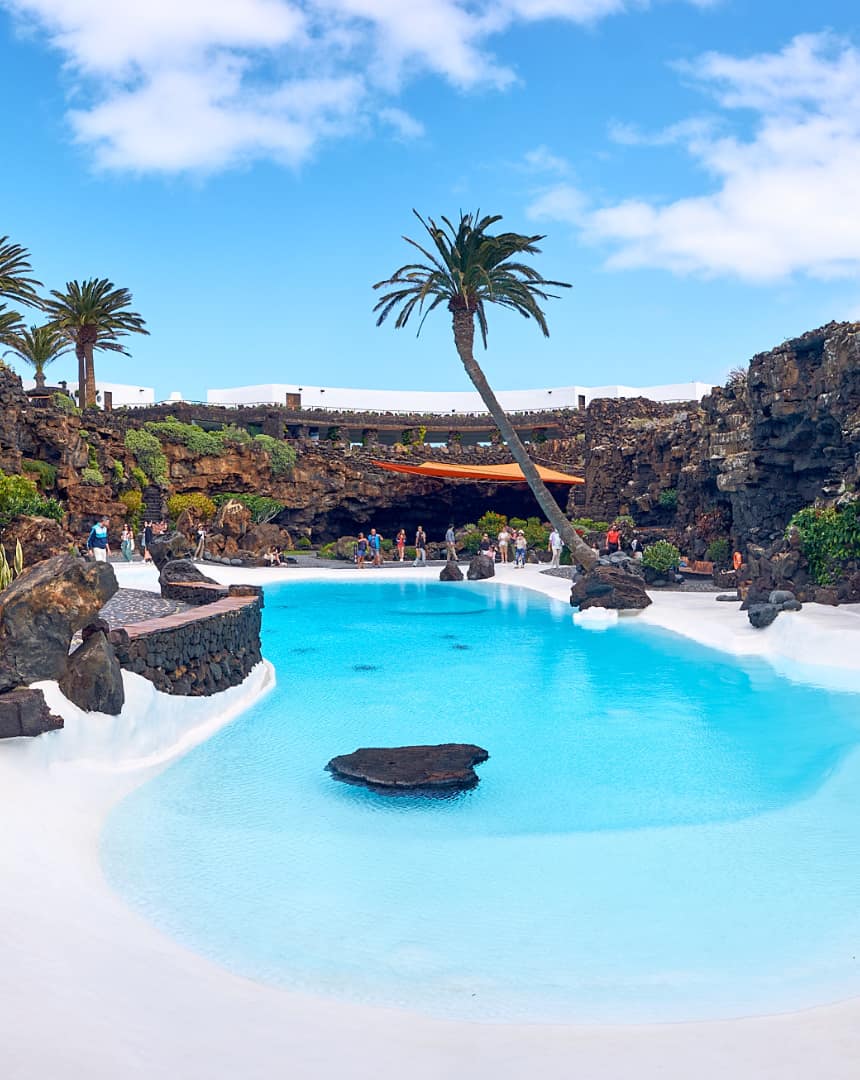
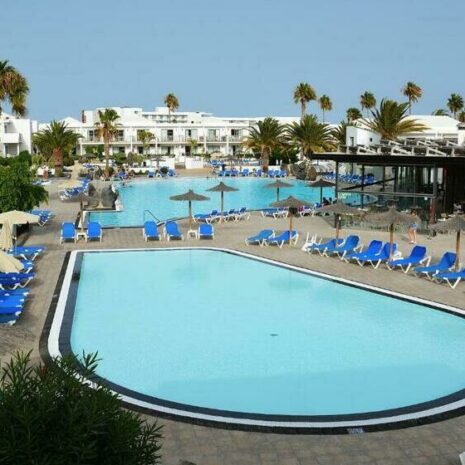
 Accommodation
Accommodation 